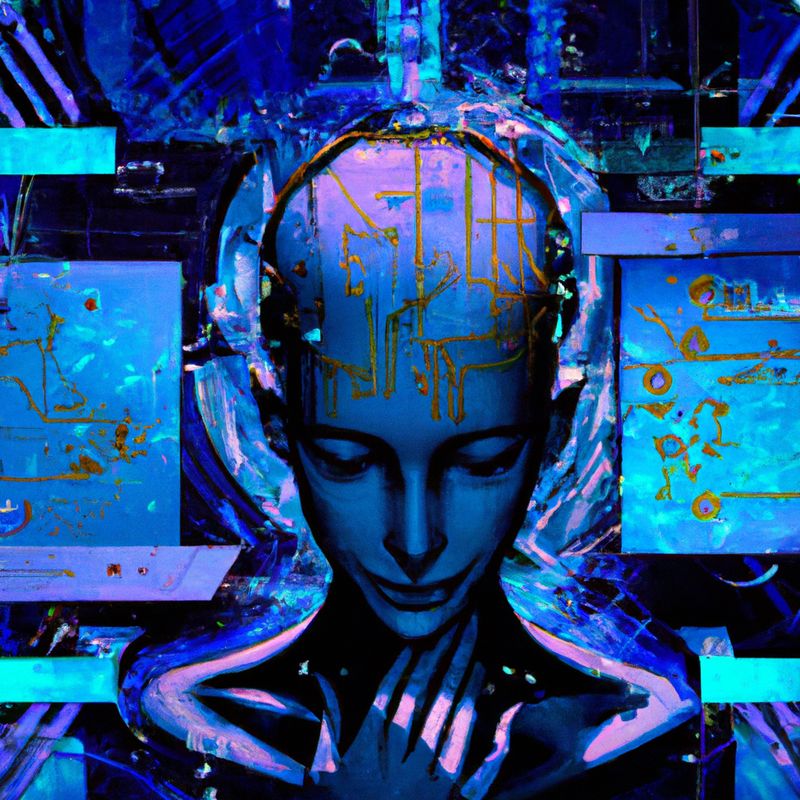The Role of Artificial Intelligence in Image Recognition Systems

Artificial intelligence (AI) has revolutionized the way we process and analyze data, and image recognition systems are no exception. AI has enabled us to better understand and interpret images, making it possible to identify objects, faces, and more from digital images. In this blog post, we’ll explore the role of AI in image recognition systems and how it can be used to improve accuracy and efficiency.
What is Image Recognition?
Image recognition is the process of identifying and classifying objects in digital images. It is a form of computer vision that uses AI algorithms to detect, recognize, and classify objects in an image. Image recognition systems are used in a wide range of applications, including facial recognition, object detection, and image classification.
How Does AI Help Image Recognition?
AI algorithms are used to detect, recognize, and classify objects in digital images. AI algorithms can identify objects in an image by analyzing the shapes and colors of the objects. AI algorithms can also recognize patterns in the images, which helps to classify the objects. AI algorithms can also be used to identify faces in images, which is a key application in facial recognition systems.
What are the Benefits of AI in Image Recognition?
AI algorithms can provide a number of benefits to image recognition systems. AI algorithms can identify objects in an image more accurately and quickly than traditional methods. AI algorithms can also help to improve the accuracy of facial recognition systems by recognizing subtle differences in facial features. Additionally, AI algorithms can help to reduce the amount of data required to process an image, which can help to improve the efficiency of image recognition systems.
What are the Challenges of AI in Image Recognition?
AI algorithms can be powerful tools for image recognition, but they are not without their challenges. AI algorithms require a large amount of data to train, which can be difficult to obtain. Additionally, AI algorithms can be prone to errors, and it can be difficult to debug and improve the accuracy of AI algorithms. Finally, AI algorithms can be computationally intensive, which can limit their use in real-time applications.
Conclusion
AI algorithms have revolutionized the way we process and analyze digital images. AI algorithms can be used to identify objects, faces, and more from digital images. AI algorithms can provide a number of benefits to image recognition systems, including improved accuracy and efficiency. However, AI algorithms can also be prone to errors and require a large amount of data to train. Despite these challenges, AI algorithms are an invaluable tool for image recognition systems.
